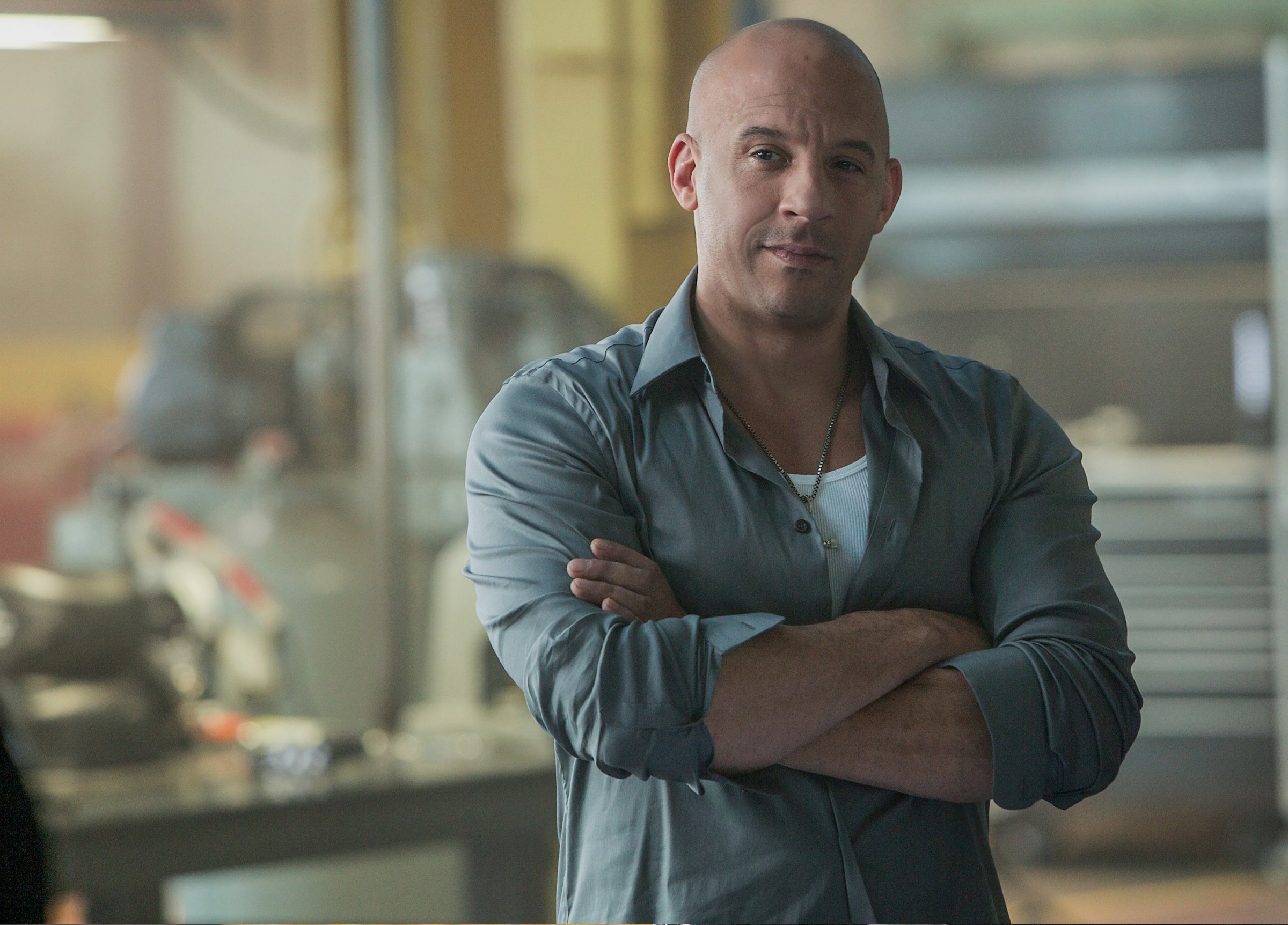
For a guy whose career has been built on the impressive circumference of his biceps, speed of his drawl and pack of his punch, Vin Diesel’s childhood was surprisingly artistic. He grew up surrounded by painters, writers and performers in the first ever federally supported housing complex specifically for artists.
Westbeth, located in New York City’s West Village, is a cluster of old industrial buildings that formerly housed Bell Laboratories. The building has a quite a history: it was where the first talking movie, TV broadcast, and binary computer were demonstrated. But Bell Labs moved out and in 1970, was replaced by 383 units of loft-style affordable housing and studio space for artists designed by a young Richard Meier.
To live in one of the apartments, potential residents had to prove they were both poor and working artists. (Their art was judged by a committee.) As a result, the place was crawling with creativity. The dance pioneer Merce Cunningham had studio space there, Miles Davis played at a friend’s apartment at Westbeth, and photographer Diane Arbus lived there—and, alas, died there, when she committed suicide in 1971.
Mark Vincent, as Diesel was then known, grew up there with his twin brother Paul, because his stepfather (he never knew his biological dad) was an avant-garde theater director, who later worked in TV and film education. His mom, Diesel says, was an astrologer. “It was an artist community, everyone was expressing themselves,” says Diesel, who is profiled in TIME this week. “Great painters, poets, sculptors, musicians and thespians all lived in this building. It was kind of a mecca for artists. What a magical place for a young artist to grow up in.”
Other kids who grew up in the building remember Diesel, or Mark Vincent as he was then known, being the kind of brotherly big dog that he plays in the Furious 7, the latest in The Fast and the Furious series. He would scurry around the former industrial complex with a gang of other little kids, getting into mischief. “He was definitely one of the ringleaders or alphas,” says Adam Davidson, a financial journalist who also grew up in the complex “I was younger and Mark would encourage us to go to parts of the building that were a little scary.”
Not surprisingly, the place was fantastically progressive. Davidson remember being shocked when he got to college in the ’80s to discover interracial marriage and homosexuality were frowned on in some circles. Equally unsurprisingly, families who moved into the complex rarely moved out. The once-gritty industrial neighborhood is now one of Manhattan’s swankiest. And yep, Diesel’s parents still live there.
More Must-Reads from TIME
- How Donald Trump Won
- The Best Inventions of 2024
- Why Sleep Is the Key to Living Longer
- Robert Zemeckis Just Wants to Move You
- How to Break 8 Toxic Communication Habits
- Nicola Coughlan Bet on Herself—And Won
- Why Vinegar Is So Good for You
- Meet TIME's Newest Class of Next Generation Leaders
Contact us at letters@time.com